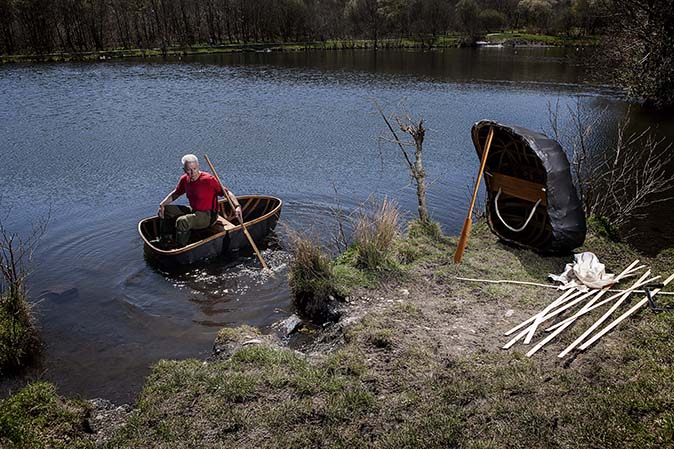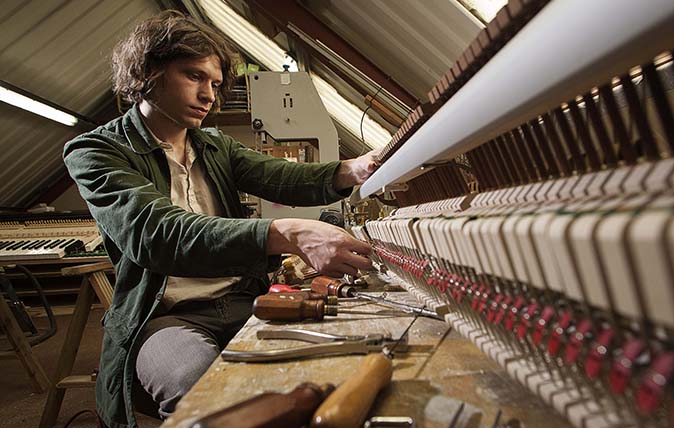The coracle-maker: ‘Coracles are the world’s oldest continuously used vessel and an important part of our heritage’
Tessa Waugh meets one of the few remaining people who make these traditional boats.


There isn’t much that Karl Chattington doesn’t know about coracles. He’s one of the few remaining people making these small, round boats in the traditional way and is a passionate advocate of a dying way of life.
‘The importance of the coracle, salmon and sewin [sea trout] to west Wales can’t be overestimated,’ he explains. ‘Although the village of Cilgerran had 300 coracles about a century ago, the numbers have diminished dramatically over the years as salmon and sewin numbers have collapsed. Nowadays, coracle-fishing licences are few and far between and there are currently only eight issued on the River Tywi, 12 on the River Teifi and one on the River Taf.’

Fishermen work in pairs, with a net suspended between two coracles. The vessels themselves are unique to each river and, although the style varies between builders, the principles remain the same. ‘Firstly, I soak pieces of ash in the river for four to 10 days during the warmer weather, so it becomes pliable,’ explains Mr Chattington. Ash is the favoured wood with which to make coracles, but, as there isn’t much of it in the locality, Teifi coracles tend to be made of willow and hazel.
‘I then create a lattice of seven or eight strips running north to south and seven running east to west,’ he continues. ‘Traditionally, the frame was covered with skin or hide, but now we put calico over the frame and waterproof it with pitch and tar.’
Mr Chattington concludes with a rallying call: ‘Coracles are the world’s oldest continuously used vessel and an important part of our heritage. We must keep the tradition alive.’
For more information about coracles, please contact Mr Chattington by email at anvilbeater165@yahoo.com

The Blackpool rock maker: ‘We’ve done Marmite flavour, tikka-masala flavour – whatever the customer wants’
Tessa Waugh meets Coronation World – the makers of this seaside speciality.
Exquisite houses, the beauty of Nature, and how to get the most from your life, straight to your inbox.

The piano makers: 'Imagine the most complicated it could be then multiply it by 10'
There were once 300 traditional piano makers running businesses makers in England. Now there is only one. Kate Green caught

Credit: ©Richard Cannon/Country Life Picture Library
The Queen's rocking-horse maker: ‘Many clients commission replicas of favourite horses’
Tessa Waugh meets Marc Stevenson of Stevenson Brothers rocking horses.
Country Life is unlike any other magazine: the only glossy weekly on the newsstand and the only magazine that has been guest-edited by His Majesty The King not once, but twice. It is a celebration of modern rural life and all its diverse joys and pleasures — that was first published in Queen Victoria's Diamond Jubilee year. Our eclectic mixture of witty and informative content — from the most up-to-date property news and commentary and a coveted glimpse inside some of the UK's best houses and gardens, to gardening, the arts and interior design, written by experts in their field — still cannot be found in print or online, anywhere else.
